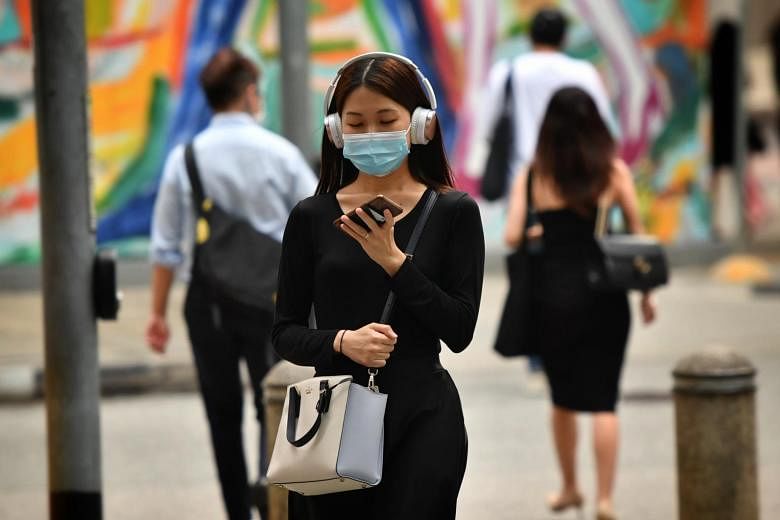If there's anything more precious than your smartphone, it must be the pictures in it.
You can buy a new phone but not the photos and the memories. So, it is imperative to perform regular backups. Here are some tips to help you do that.
Cloud storage
GOOGLE PHOTOS
Android phone users can try the Google Photos app, native to the Android platform, to automatically back up photos whenever you are connected to the Internet.
You just need to enable the back-up and sync function in the app. Just click on the Google account icon on the top right corner of the app.
You have two options - original and high quality. The latter is currently free but Google will "optimise" or compress the uploaded photos.
From June 1 next year, any new high-quality photos uploaded will count towards the 15GB free storage that comes with every Google account. So you may need to pay for more cloud storage (from $2.79 a month for 100GB).
ICLOUD PHOTOS
iCloud Photos is the way to go for Apple iPhone users. It automatically backs up your photos from the moment you take them.
It also makes the photos available on your other Apple devices, such as your Mac or Apple TV, as long as they are signed in to the same iCloud account and connected to the Internet.
To activate this feature, go to Settings on your iPhone, select Photos and then enable iCloud Photos.
The high-resolution original photos will be uploaded by default and stored in iCloud while a "lightweight" version remains on your iPhone to free up storage space.
But Apple provides only a meagre 5GB of iCloud storage free. You need to pay $1.28 a month for 50GB, or $3.98 for 200GB of iCloud storage.
DROPBOX
If you don't want to be on Google or Apple cloud storage, there is the Dropbox app. It works on all platforms - from desktops to mobile devices.
To enable the camera upload feature in Dropbox, tap on the top left-hand corner of the app to get a dropdown menu. Select Photos and in the next screen, tap on Turn on camera uploads. But only 2GB of space is free. And the next tier is 2TB of cloud storage at US$9.99 (S$13.92) a month.
Physical storage
BACK UP ON YOUR COMPUTER
You can transfer the photos to your computer manually. This requires more effort but it gives you more control.
And it is free, with no monthly subscription, though you may have to buy external drives for more storage space.
For Windows users, plug your Android phone to your computer with the cable and it will appear as a digital camera. Click on it, and you will find a DCIM folder. Drag this folder to your computer or an external drive to store the photos.
If you are using an iPhone, make sure you do not install iTunes or you might run into some issues like connection drops.
But macOS users can opt to back up the entire contents of their iPhone including photos and settings. Once connected to your Mac computer, the iPhone will appear on the Finder. Click on it and select Back Up now. You need to make sure your machine has enough storage space.
If you are using an Android smartphone, you need to download and use the free Android File Transfer app on your Mac to move the photos to your computer.
Once the Android phone is connected to your Mac (remember to grant the permissions for media transfer on your phone), you will see a bunch of folders on the app. Look for the DCIM and Pictures folders. Drag and drop the folders (or select photos inside) to your Mac machine.
BACK UP ON AN EXTERNAL DEVICE
A nifty device called Photofast PhotoCube C ($99) - which is essentially a microSD card reader - supports up to 2TB.
It automatically backs up your photos using its Photofast One app (available on Android and iOS).
It comes with a USB-C port and a USB-C connector for plugging into your phone. Once connected, the app will automatically back up your photos, contacts and calendar while your phone is being charged. You can do this before you go to bed every night.
Trevor Tan


